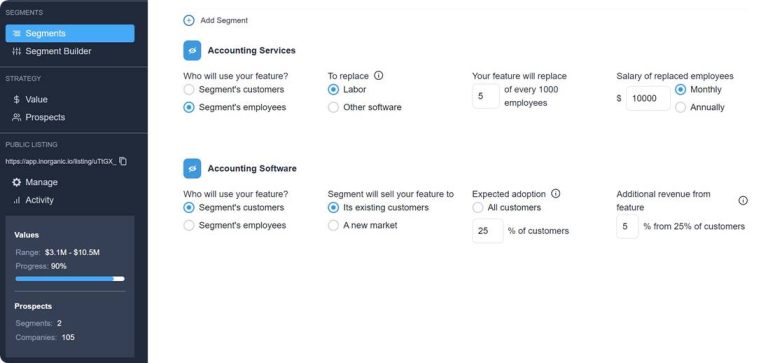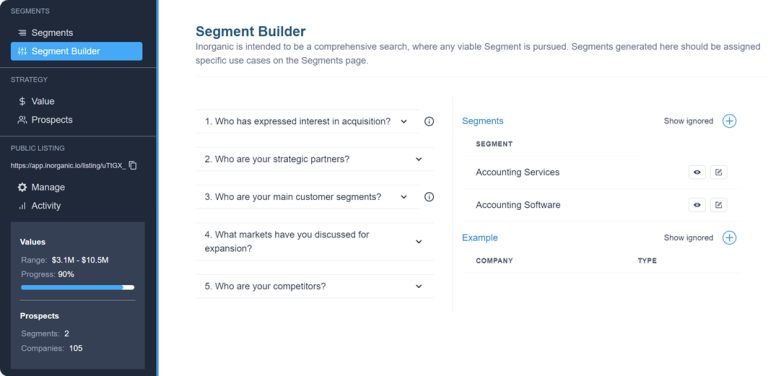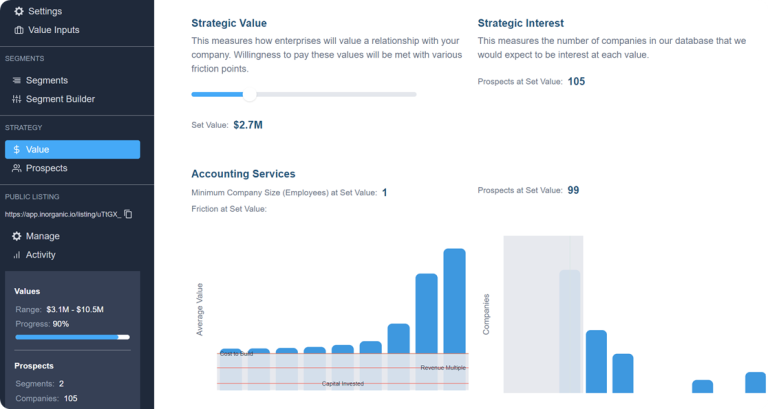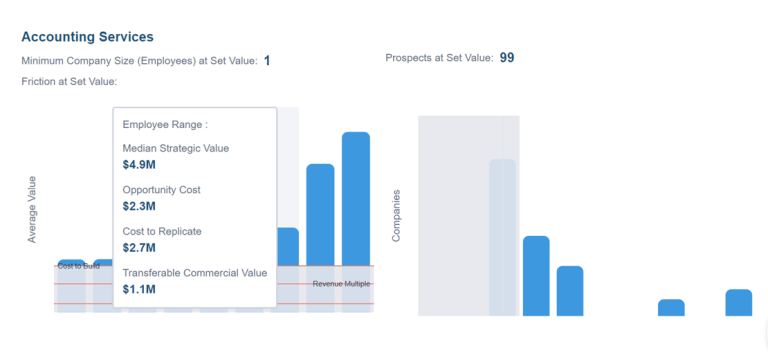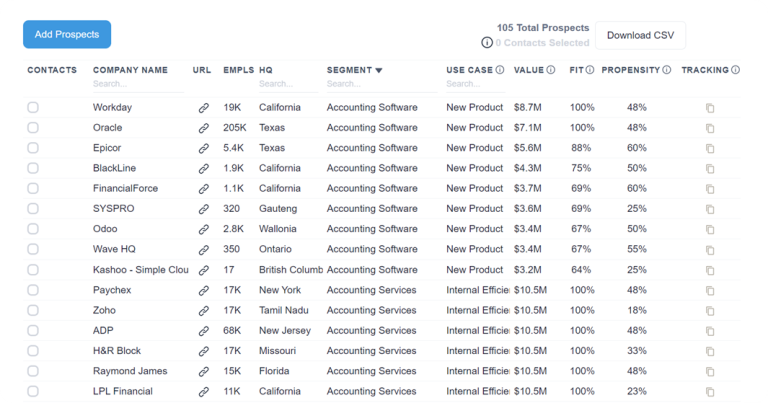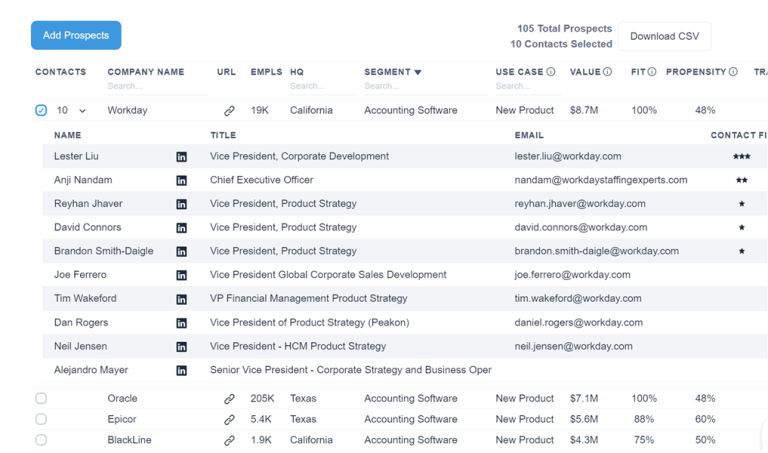Check out our complementary guide.
CHAPTERS
1. Adjust Your Focus! Most startups think buyers will be interested in their customers, revenue, and opportunities to expand the same. The reality of strategic exits is different. In the case of...
2. Identify Key Capabilities What are the 3 or 4 functions that your product or team performs particularly well? Valuable capabilities can be market-facing or internal, broad or narrow. The test for...
3. Identify Use Cases How could an acquirer use your capabilities to generate new revenue, retention, or cost savings? Having 3-6 use cases will help you identify prospects, quantify your value, and...
4. Identify Segments What types of companies would have my use cases? Brainstorm as many segments as possible. You can always cull them before outreach, or during outreach if you are getting a tepid...
5. Calculate Your Value How much value does my company create for an acquirer? A key to strategic acquisitions that value is subjective, relating to the use case for a specific acquirer. A subjective...
6. Understand Value Friction The buyer will not be willing to pay the full value you calculate. That’s partially because they are anchored to different figures. Every purchase is discounted by risk...
7. Rank Your Prospects Determine which prospects are your best prospects by factoring Value, Propensity and Fit. At Inorganic we have three calculations that we run to rank prospects. Value is the...
8. Identify the Right Contact Who is the right person to contact at a prospective acquirer? There is a simple rule for the right contact at an acquirer. If the acquirer has a Corporate Development...
9. Craft the Right Message The right message makes it easy for your prospect to engage. Strategic acquisitions are risky and time-consuming projects for acquirers. The path of least resistance is just...
10. Start Your Outreach Email is the standard for strategic outreach. A few guidelines will help maximize your response. Sequence your outreach in order of highest ranked prospect to lowest ranked. If...
11. Come to Terms Congrats, you have one or more interested parties. Now it’s time to negotiate terms. In the case of early-stage strategic exits, the plan for your business is to fold it into...
12. Due Diligence Diligence is typically a 1-2 month period during which the buyer can review company materials to verify claims. During this period, you will be asked to upload documentation to a...
FULL DOWNLOAD
12 Steps to a Strategic Exit
Download a copy of our free e-book, packed with helpful tips on pursuing strategic value for your startup.



